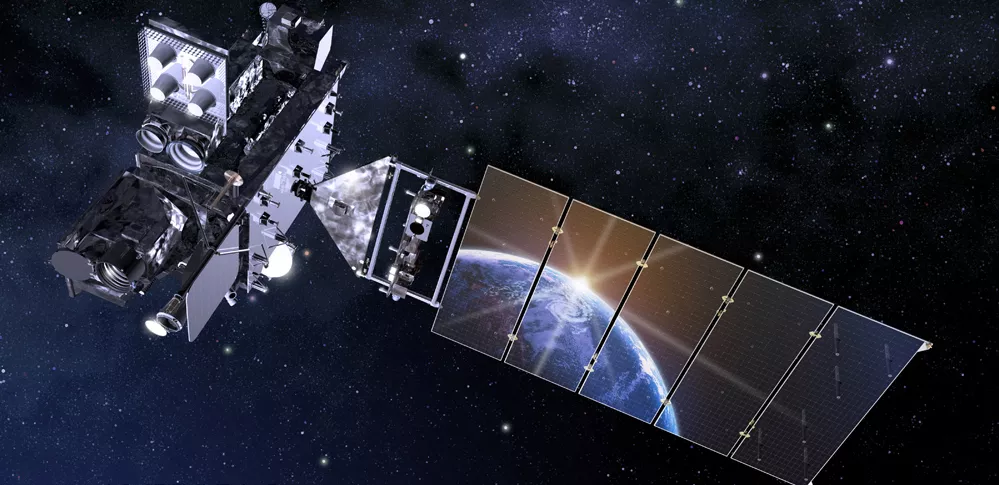NOAA’s latest generation of Geostationary Operational Environmental Satellites (GOES), known as the GOES-R Series, is the nation’s most advanced fleet of geostationary weather satellites.
Find out more about these satellites as well as the latest news below.
Introducing the GOES Satellites
An introduction to NOAA's GOES-R Series Satellites - including GOES-R GOES-16 GOES East and GOES-S GOES-17 GOES West.
Introducing the GOES Series GOES 101
Satellite science is fun for kids too! From weather and hazards on Earth to search and rescue and bursts of energy from the sun, the GOES-R satellite will see it all from 22,000 miles above our planet!
Watch GOES-R Meet GOES-R
GOES News
-
NASA and NOAA have appointed a board to investigate an instrument anomaly aboard the GOES-17…
-
This week, NOAA will begin releasing GOES-17 Advanced Baseline Imager (ABI) “beta” level data and…
-
This new imagery shows data are currently available from all 16 ABI channels.
-
This short movie of the sun’s rotation from March 2021, one-million-degree solar plasma in action
-
This is an introduction to NOAA's GOES-R Series Satellites - including GOES-R GOES-16 GOES…
-
Hurricane Isaac made landfall in Louisiana in the evening of August 28, 2012.
-
NOAA GOESEast satellite imagery of Alberto also captured the lightning during landfall within the…
-
NOAA GOES-17 satellite has transmitted its first Geostationary Lightning Mapper (GLM) data.


